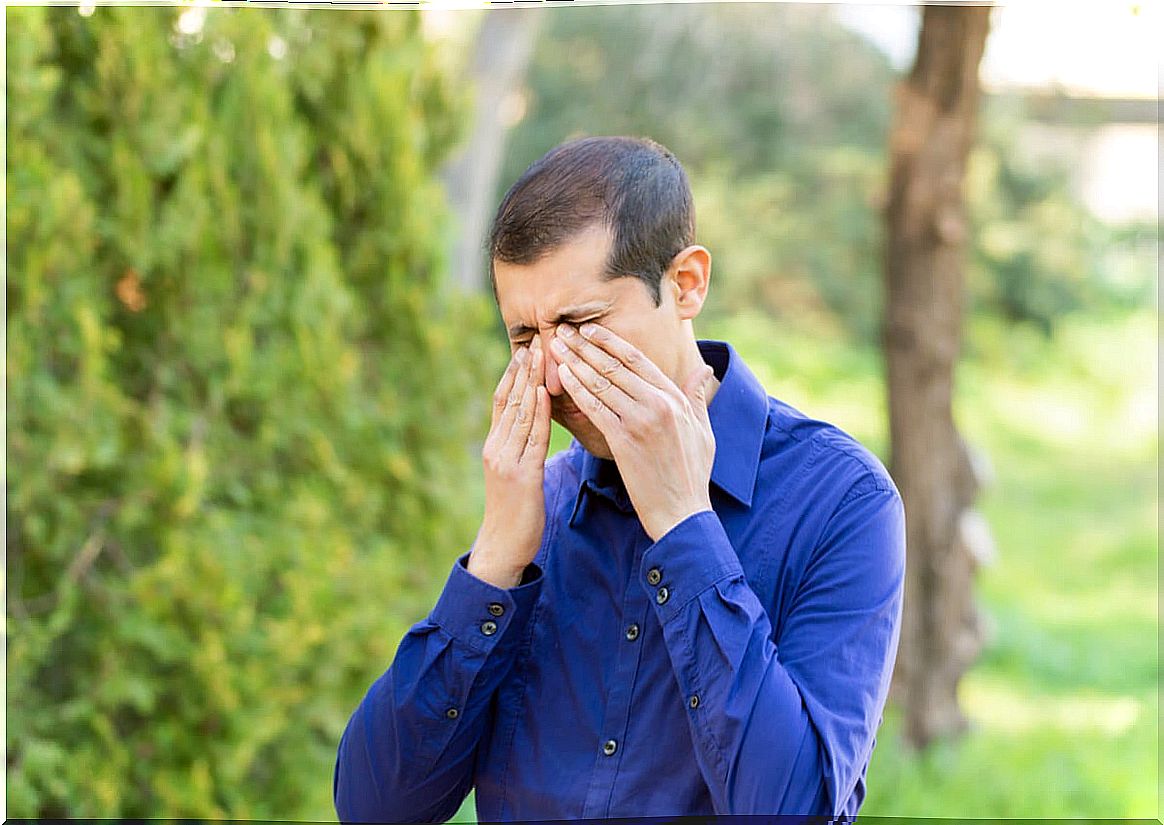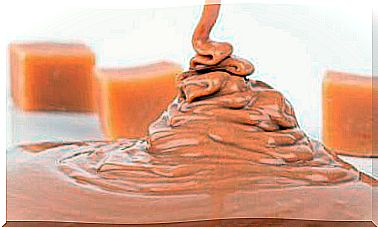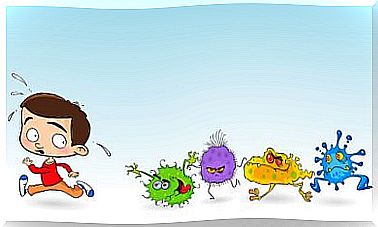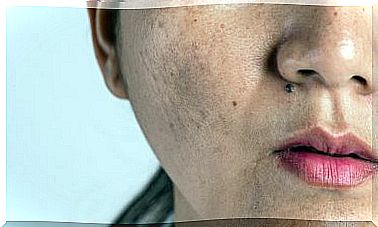Pollen Allergy: Causes And Treatments
Pollen allergy is defined as an inappropriate reaction of the immune system when the person comes into contact with the substance of certain plants. The most common clinical picture associated with this disorder is allergic rhinitis, characterized by itching and nasal discharge.
It is a widespread concept that the immune system of the affected person responds excessively to the allergen, but this is not entirely the case. According to the World Allergy Organization (WAO), the answer is the right one: the error is not in the type of reaction or its intensity, but in the objective.
Various epidemiological review articles highlight that there has been a notable increase in the incidence of allergic diseases in recent decades. Therefore, we take this opportunity to explain what a pollen allergy is, what its causes are and how to deal with it.
An expanding pathology
Before proceeding, we need to frame these types of disorders. Scientific studies provide us with data regarding the prevalence:
- It is estimated that 20% to 40% of the world’s population suffers from some type of allergic disease.
- Allergic rhinitis – caused by pollen, mites, or peeling of animal skin – is present in up to 30% of the population.
- It is estimated that 80% of asthmatics have some underlying allergy-related disease.
- Young people are the most affected, since the percentage of infants and adolescents sensitive to some type of allergen stands at 50%.
- 4 out of 10 people are sensitized to an environmental allergen.
These data show us a reality: it is possible that within a few decades, half of the world’s population will be allergic to at least one substance.

Causes of pollen allergy
According to sources already cited, an allergic reaction is defined as a process by which the individual recognizes an element (allergen) that is usually harmless as a pathogenic substance. Consequently, the immune system acts in a wrong way in order to eliminate it.
There are a large number and variety of cells involved in this immune mechanism. In summary, we can say that lymphocytes (white blood cells) are activated with the entry of the pathogen and synthesize substances, such as immunoglobulin E (IgE).
This causes a “cascade” reaction that encourages the release of histamine, chemical factors, and other compounds. These are responsible for the typical symptoms of people when they come into contact with pollen, as they cause local inflammation of the upper respiratory tract.
Because the substance in question enters through the nose and mouth, it is considered an allergen of an inhalant nature. A specific allergy to pollen is called pollinosis .
According to the United States National Library of Medicine, the first exposures to the allergen are mild. Unfortunately, as a person comes into contact with the substance more, immune responses can lead to much more serious clinical conditions.
Recommended treatments
Treatment for allergic diseases must be multidisciplinary ; prevention, symptoms and causes are covered. Therefore, it is not usually valid with just one remedy.
Among the most common treatments for pollen allergy, we find the following:
- De-allergenization: that is, the patient avoids the pollen that causes allergies. For this, the exact causal agent must be known, keeping the windows of the home closed when it is possible or not to carry out physical activities in the field during the first and last hours of the day.
- Symptomatic: administration of drugs to decrease the intensity and frequency of allergy symptoms. This is where antihistamines, corticosteroids, and bronchodilators come into play.
- Immunotherapy: allergy vaccination. By repeatedly administering pollen concentrations to the patient over a period of time, it is possible for the patient to develop tolerance.
As we can see, the number of fronts that are opened to treat pollen allergy is multiple. Even so, it must always be an allergist who accompanies the patient in each of the phases, as these therapies must be individual for each allergy and allergen.
What plants can cause a pollen allergy?
Pollen from various plants can generate allergic responses in the individual, but the potential risk depends on the geographical location of the individual. Portals such as INMUNOTEK collect detailed maps with possible allergy-causing vegetables.
In general, pollens from herbaceous plants and shrubs such as grasses and urticaceae, as well as trees such as cypress, elm or olive, are usually the main causes of these allergic processes. In any case, we emphasize that this list varies a lot depending on the geographical location.

Don’t let time go by on pollen allergy
It is common for people to take refuge in home approaches to treat pollen allergy or reduce its symptoms, without specifying a professional consultation. This is a serious mistake, because as we have already seen, the patient’s sensitization increases the more they are exposed to the allergen.
Therefore, before any suspicion, a visit to an allergist is essential. It is necessary to act quickly and have the necessary tools at hand to treat this pathology, as the clinical picture can be complicated in the future.









